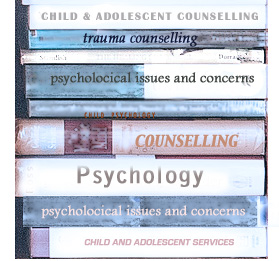Adolescence is a challenging and often confusing time for parents and adolescents alike. The period of ‘adolescence’ falls roughly between the ages of 12 to 24 years old, and during this period of development, adolescents can often be misunderstood as ‘moody’ and ‘hormonal’ and that they really just need to ‘grow up’.
Thankfully, there have been psychiatrists and psychologists conducting research into the neurological and psychological developments that occur during adolescence, shedding light on the myths and truths about this stage of life.
Daniel Siegel (Psychiatrist and Author of Brainstorm) identified the following common yet unhelpful myths associated with adolescence:
- Raging hormones cause teenagers to “lose their minds.”
- Adolescence is a time of immaturity and they just need to “grow up.”
- Growing up requires that adolescents move from dependence on adults to total independence from them.
There are a number of neurological changes that occur in the growing teen brain, setting the stage for adulthood. These developments in the brain create necessary changes in thinking, feeling, interacting and decision making in adolescence, and come with their own positive and negative possibilities:
- Novelty seeking in adolescents emerges from an increased drive for rewards in the circuits of the brain, designed to encourage the individual to try new things and engage in life more fully.
- The challenge here is providing the possibility for healthy novelty seeking, whilst teaching the adolescent to make safe choices, and minimising risk.
- Social engagement becomes a primary concern for many adolescents, and is driven by the need for the development of supportive relationships outside the family home. Healthy social connection is one of the best indicators for happiness throughout the life span. The challenge here is to support the teen in maintaining healthy connections with adults, to provide adult wisdom and reasoning in risky or complex situations.
- Increased emotional intensity fills life with vital energy and drive, and heightened emotion can bring great pleasure. However intense emotions can also take some time to master, leading to potentials for impulsivity, moodiness and reactivity. Adolescence needs some guidance in managing and mastering these intense emotions.
- Creative exploration is part of the adolescents broadening in conceptual thinking and abstract reasoning abilities. This expansion in thinking helps adolescence question the status quo and create new innovative ideas. The challenge here can be that the teen begins to question the meaning of life, their purpose and direction, and this can be overbearing.
These neurological changes bring challenges and risks, but also many wonderful opportunities for adolescents and the adults supporting them. Understanding what is happening for adolescents as a necessary part of their development, is an essential first step in opening connective and supportive dialogue with the young person.
Natalia works with adolescents and the adults supporting them, to deepen the understanding of this critical growth period, with some scientifically validated practical tools to manage the challenges associated with this transition, in an empathetic and empowering approach.
If you or an adolescent in your life are interested in developing understanding of the adolescent mind, and techniques that support emotional wellness, please contact Natalia.
